The province has developed a plan to protect, explore, exploit and use minerals in the planning of Cao Bang province for the period 2021 - 2030, with a vision to 2050; implemented construction investment regulations, such as: Establishing, appraising, approving projects, granting construction permits, announcing the commencement of construction, accepting works and putting them into use for construction material exploitation and production projects; creating favorable conditions for investors and mine owners to carry out investment, construction, environmental and explosive procedures... Licensed mining projects are put into stable exploitation and production, supplying raw materials of sand, stone, gravel, landfill, cement and unburnt bricks to the market. Annually, the output of exploitation and production supplies the market with about more than 850,000 m3 of sand and gravel and more than 1,200,000 m3 of construction stone, basically meeting the demand for stone, sand and gravel in the province.
The province currently has 28 licensed construction stone quarries, with a total mining capacity of 1,175,158 m3 of monolithic blocks/year, equivalent to 1,733,358 m3 of raw stone/year (exceeding the forecast demand for construction stone in 2025 of 1,125,000 m3). There are 9 sand and gravel mines, with a total mining capacity of 451,665 m3/year and 10 crushed sand production facilities and units, with a design capacity of about 300,000 m3/year, with a total designed output of 751,665 m3/year (basically close to meeting the target compared to the forecast demand for sand and gravel in 2025 of 855,000 m3). Regarding fill materials, there is currently 1 fill mine with a reserve of 21,156 m3 and an exploitation capacity of 21,156 m3. In addition, the province has decided to allow the exploitation of accompanying soil in the mineral exploitation area at 2 sand and gravel mines with a volume of about 63,800 m3/year. With the demand for fill materials in the period of 2021 - 2030 being 2 - 2.8 million m3, in general, the province is lacking fill materials. Currently, the basic works are self-balancing excavation and filling within the scope of the project and works. Regarding the production of construction materials, there are 3 tunnel brick production units with 4 production lines (designed capacity of 100 million QTC bricks/year), in 2024, about 79.4 million bricks will be produced and consumed; 70 unburnt brick production facilities (including enterprises, facilities, and individual households), total design capacity of about 200 million bricks/year, total unburnt brick output in 2024 is about 100.7 million QTC bricks. There is 1 cement grinding station in operation (Cement grinding station of Cao Bang Cement - Construction Joint Stock Company), capacity of 80,000 tons/year, output in 2024 is 15,000 tons, the source of clinker for production for the factory is clinker from Lang Son Cement Factory. The current technologies for mining and processing stone, sand, and gravel for common construction materials are technologies that are commonly applied in the market, not a type of technology with restricted use. Through the technology assessment of other projects such as cement production, tunnel brick production... by the functional sector, the units licensed to exploit, collect and produce sand, gravel and stone for basic construction materials carry out Conformity Certification, Conformity Declaration and submit Conformity Declaration dossiers as prescribed.
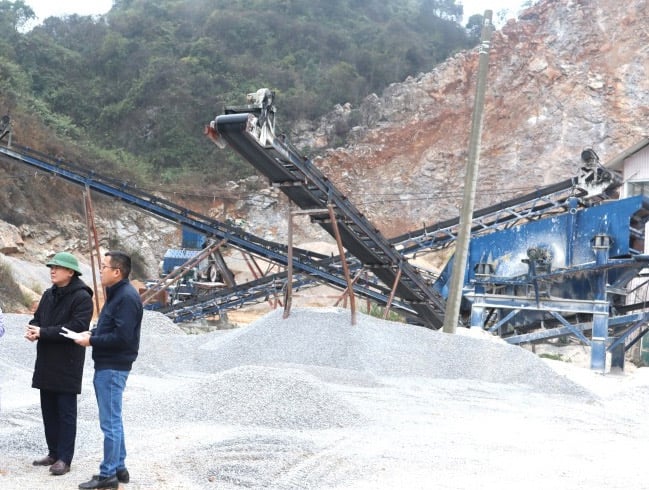
However, the current reserves of sand and gravel in the riverbed in the province are low, unevenly distributed, the mining units do not reach the design capacity, operate small and fragmented, so basically the province lacks construction sand (sand sources used in the districts are mainly transported from Cao Bang city or neighboring provinces such as Ha Giang , Lang Son, Thai Nguyen or use crushed sand instead of natural sand). There is often a local shortage and an increase in the price of construction materials in remote communes because there are no construction material mines in those areas, along with the difficulty in transporting construction materials from the mines to the construction sites, increasing transportation costs and construction material supply time. Besides, investors are not interested in investing in the field of mineral exploitation for construction materials. Most of the units applying for investment in mineral exploitation for construction materials have small and medium capacity in terms of equipment, finance, human resources, and understanding of related regulations (Mineral Law, Construction Law, Investment Law, Land Law...), making it difficult for state management.
Mr. Nguyen Van Hung, Tan Giang ward (City) shared: I am hiring workers to build a solid house for my family. Although we live right in the city, I find that the cost of plastering sand is quite high and sometimes scarce, so it somewhat affects the construction progress.
According to the Department of Construction, the work of supplementing and adjusting the planning of minerals for construction materials in the provincial planning has encountered many difficulties. When proposing to supplement or expand the area of mineral mines for construction materials, most of them overlap with the planning of protective forests, natural forests, some do not ensure the landscape of global geoparks or other related sectoral planning. Investment procedures for mining activities for construction materials still have many procedures, affected by many laws, so it takes a lot of money and time to implement, leading to the investment in mining and production of minerals for construction materials not attracting many businesses and investors to participate in the activities. On the other hand, construction materials are not a price-stabilized commodity, construction materials products operate according to market mechanisms, according to the law of supply and demand. During the implementation of investment projects, the Department has repeatedly recommended that units increase mining capacity, combine or link mining and production of construction stone with the production of artificial crushed sand, unburnt bricks, pre-mixed dry mortar to take advantage of raw materials, reduce environmental pollution... to comply with the approved policy of the Provincial People's Committee, however, very few units have implemented it synchronously.
To increase the supply of construction materials for the market, the province needs to continue to auction the right to exploit construction materials minerals as planned, prioritizing the auction of mines in areas without a supply of construction materials. Speed up and promptly resolve administrative procedures related to the exploitation and production of construction materials such as: investment policy; project appraisal; environmental impact assessment report; mining license; construction license; explosives use license; environmental license; land procedures... Localities should attract and encourage enterprises to invest in exploiting minerals for common construction materials in the management area; encourage small-scale mining in communes far from the district center; have a mechanism to support enterprises and cooperatives exploiting small mines in localities to reduce dependence on large mines, while creating a stable supply of materials on the spot. Encourage investment in developing material gathering points and warehouses, building construction material gathering areas near mineral mines, helping to reduce transportation time and costs for businesses and consumers. Investors and mine owners need to pay more attention, proactively propose adjustments to increase mining capacity when realizing that the market is short of construction material supply; continue to improve mineral exploitation and management capacity.
Source: https://sonnmt.caobang.gov.vn/dia-chat-khoang-san/tang-cuong-cong-tac-quan-ly-nha-nuoc-ve-khoang-san-lam-vat-lieu-xay-dung-1015054



![[Photo] Hanoi morning of October 1: Prolonged flooding, people wade to work](https://vphoto.vietnam.vn/thumb/1200x675/vietnam/resource/IMAGE/2025/10/1/189be28938e3493fa26b2938efa2059e)




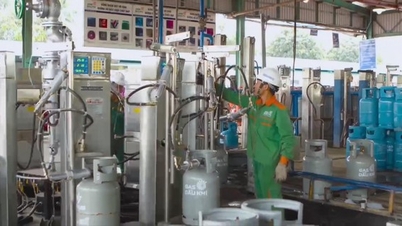



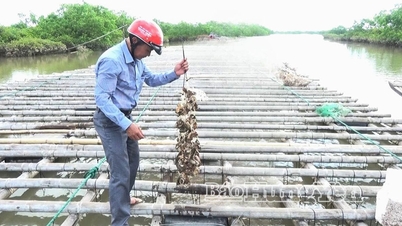

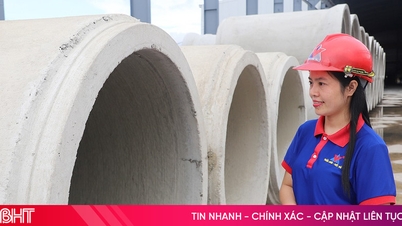



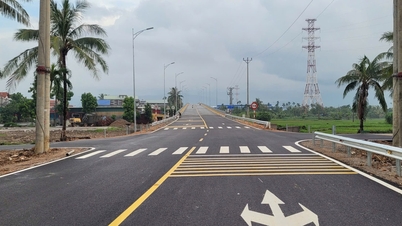






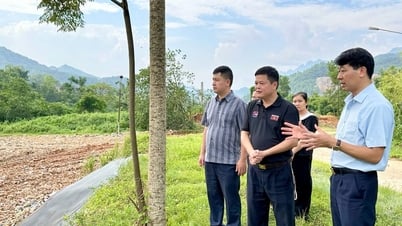
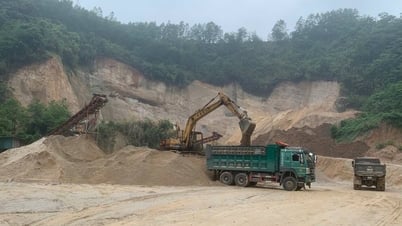


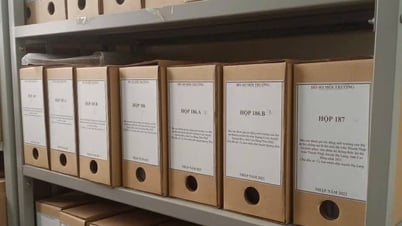

![[Photo] Panorama of the cable-stayed bridge, the final bottleneck of the Ben Luc-Long Thanh expressway](https://vphoto.vietnam.vn/thumb/1200x675/vietnam/resource/IMAGE/2025/9/30/391fdf21025541d6b2f092e49a17243f)






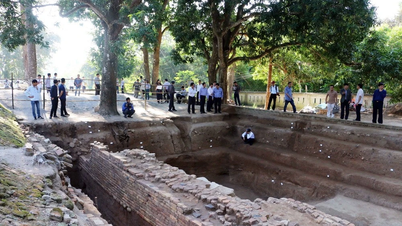










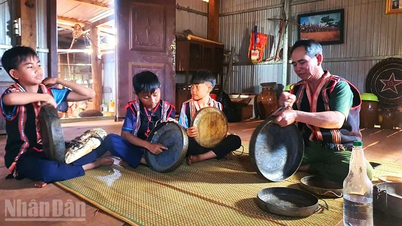






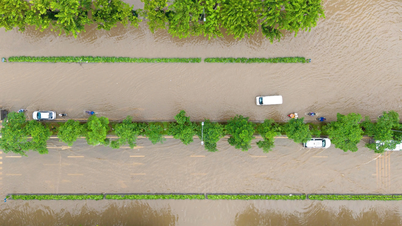


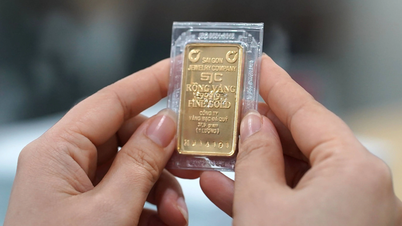

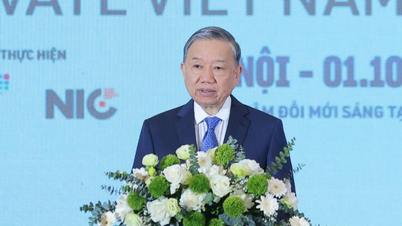

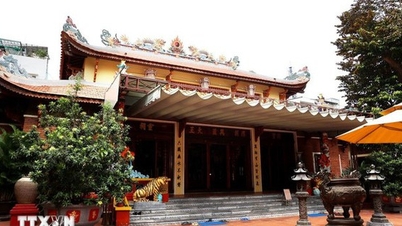



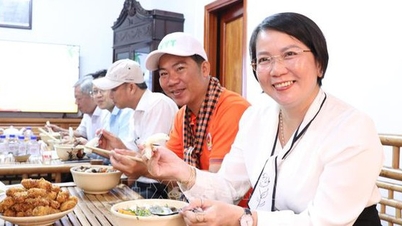


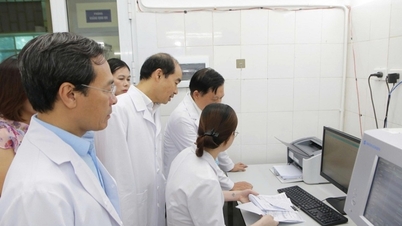

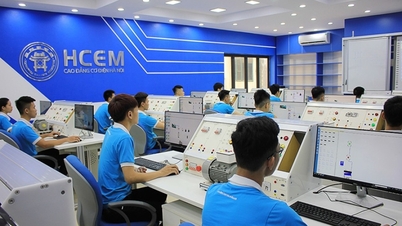


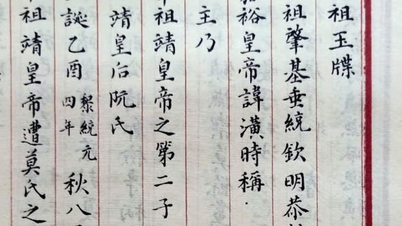
















Comment (0)